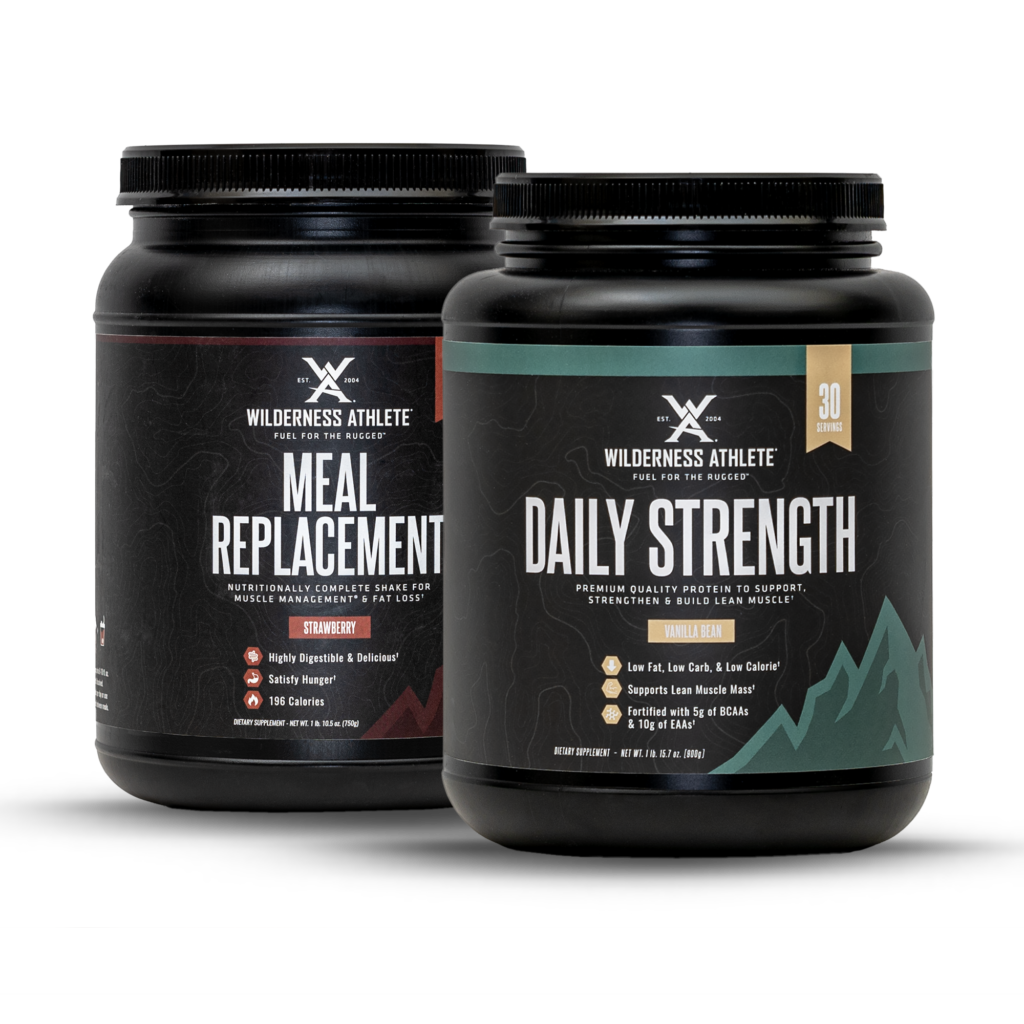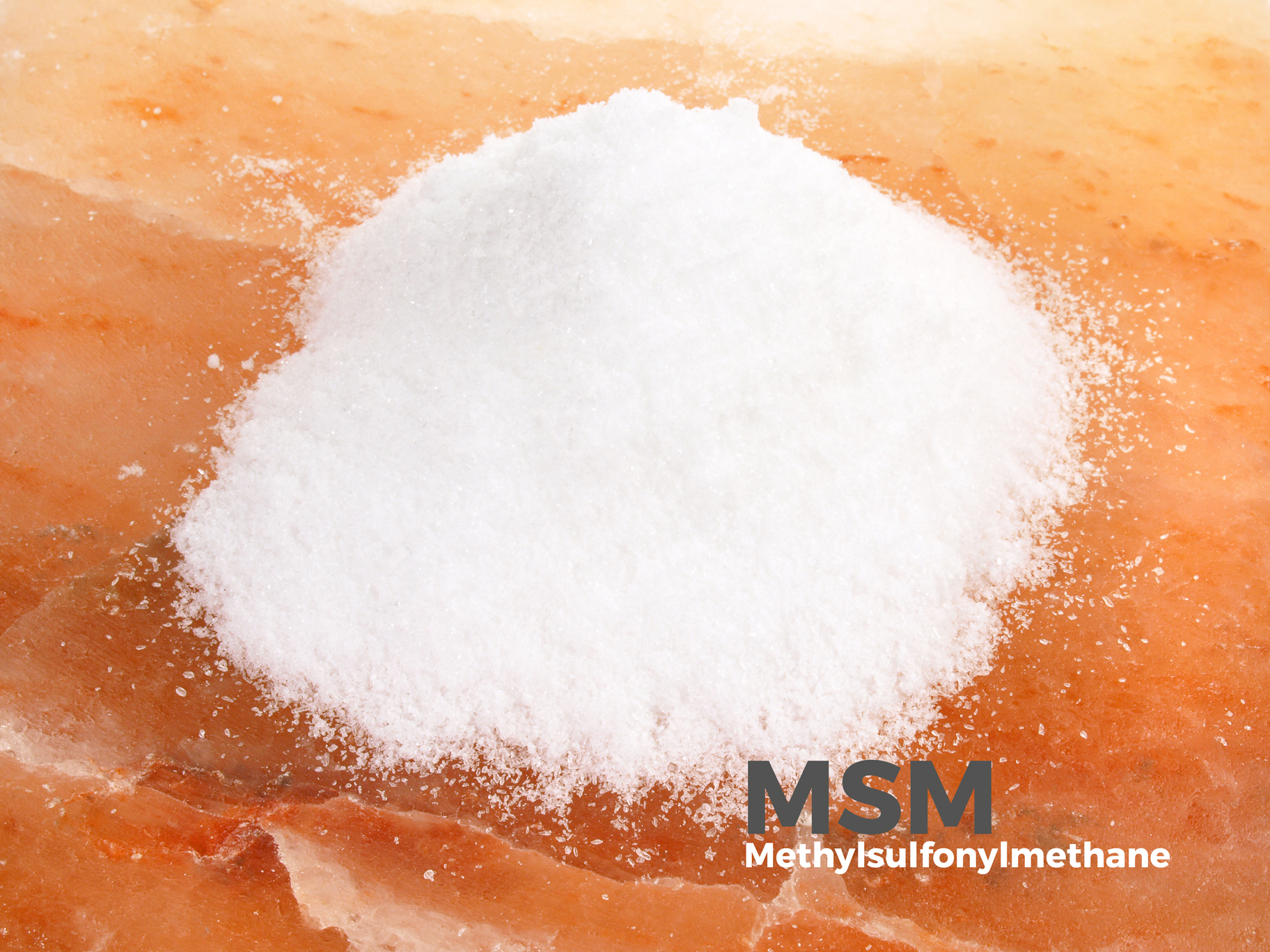Protein
“We are what we eat.” This household phrase is true in many ways, but it doesn’t tell the whole story. A more accurate statement would be that we are what we efficiently digest. Digestibility, in addition to essential amino acid composition and bioavailability, is particularly important when assessing the nutritional benefits of a dietary protein, and it should be no surprise that it is a key measure by which proteins are assessed.

In this examination of dietary proteins, we will look further into how digestibility plays a pivotal role in how it affects our ability to support and build muscle and other tissues by allowing the release of the protein’s component amino acids. The established methods for determining protein quality have been Protein Efficiency Ratio (PER), Biological Value, Net Protein Utilization, and Protein Digestibility Corrected Amino Acid Score (PDCAA) which is currently the most accepted method. PDCAA first considers both the amino acid requirements of humans, and second, the amino acid composition and digestibility of a particular dietary protein. For the sake of focusing more on relevant information, it is important to note that these methods are mostly clinical in application. What is most important to understand is that the digestibility of a given dietary protein, (which releases its component amino acids), is the key to that protein’s usefulness to humans.

When Wilderness Athlete formulated Brute Strength, Daily Strength and our Meal Replacement Shake, optimizing digestibility and breakdown was a top priority. Each formula includes a combination of whey protein concentrate (WPC), calcium/sodium caseinates, and pea protein isolate in Meal Replacement only. These dietary proteins all have the highest possible PDCAA score and their combination in the formula further adjusts the ratio of essential amino acids to their ideal level. Unlike whey protein isolate, WPC contains not only a high-quality ratio of essential amino acids but also biologically active peptides, which are “chains” of specific amino acids with particular beneficial functions in human physiology, (such as production of l-glutathione). WPC also provides a high concentration of BCAAs, which are highly beneficial to athletes. Calcium/sodium caseinates, like whey, are also complete proteins but caseinates are partially pre-digested thereby increasing their solubility and bio-availability over that of casein, the milk protein from which caseinates are derived.
The specific pea protein isolate that Wilderness Athlete uses in its previously mentioned products also comes with good digestibility, a high concentration of BCAAs, and functional benefits including assistance in cardiovascular, bone, blood lipid, and reproductive health. To further assist and enhance the breakdown process that naturally occurs in the stomach and small intestine, Wilderness Athlete also includes the natural protein-digesting enzymes papain and bromelain.
As a well-informed label reader, you should now have a perspective on dietary protein that keeps you focused on digestibility and amino acid composition rather than quantity alone. The topic of proteins and how they affect our physiology is vast, and we have only skimmed the surface. For more in-depth reading, take a look at this highly informative article on how to analyze protein.

It is widely known that consuming a healthful amount of protein in our diet is important. But like many things, not all dietary proteins are created equal. Understanding the biological and nutritional value that each of these protein sources brings to the table is crucial to mastering your protein intake.
A fundamental difference between dietary proteins lies within their essential amino acid profile – amino acids being the building blocks of all proteins. Amino acid composition is crucial because humans are not capable of making nine of the twenty amino acids that are used for building muscle, bone, organs, skin, blood cells, and so forth. Consequently, we must rely upon our dietary protein sources to provide ample quantities and correct ratios of these nine essential amino acids to build our own unique proteins. Since not all dietary proteins are complete in their profile of essential amino acids (lacking one or more essential amino acids) consumption of these proteins alone can actually suppress critical metabolic functions and limit our own protein synthesis. Pea, casein, and whey are all “complete proteins” yet each has its unique benefits over the other, and each supports a vital piece to muscle recovery and protein synthesis.

Q: What can we do to achieve a perfectly balanced amino acid composition from protein?
A: The blending of multiple protein sources.
For example, Wilderness Athlete combines various sources of dietary proteins that complement one another in essential amino acid make-up. “This formula blending overcomes the slight imperfection of each individual protein source, filling in limiting amino acid gaps and bringing the ratio of essential amino acids exactly in line with our physiological needs.” says Wilderness Athlete Chief Formulator Rich Scheckenbach. By combining whey protein concentrate, calcium/sodium caseinates, and pea protein isolate, WA’s Daily Strength and Meal Replacement Shakes contain the perfect protein blend in one powder.
When deciding on the best protein for you, be sure to look under the hood at what sources are making up the protein in your shake.







